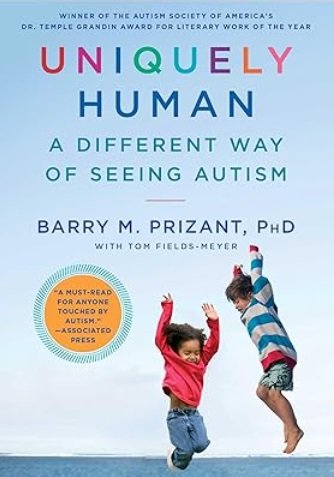One of the assumptions commonly made about autistic people is that they tend to be "concrete thinkers." Since the mild/Asperger's end of the autism spectrum is full of mathematicians, engineers, computer scientists, and linguists, who reason in highly symbolic, abstract ways through highly abstract material, this assumption has always baffled me.
But over the years, I've got some sense of where it comes from.
For many people, abstraction is synonymous with fuzziness, flexibility, and open-endedness. Because autistic people tend to be rigid, ritualistic, precise, pendantic, and/or detail-focused, and because many of them don't do well when faced with open-ended questions or open-ended tasks assigned to them by other people, they do not look like abstract thinkers according to this notion of "abstract." All too often, for example, people forget that the concept of "polygon" is no less abstract than the concept of "love."
In addition, many people, especially in education, conflate logical inferencing with the sorts of inferencing that good readers engage in when making sense of a text. Many of these texts require the sorts of social inferences and bridging inferences (integration of background knowledge) with which autistic children tend to struggle. These are not the same as inferring the contrapositive or doing a reductio ad absurdum.
People also easily confuse labels with concepts--e.g., the word "triangle" with the concept of triangle. As a result, they assume that a child who doesn't know the label for a given concept also doesn't understand the concept. Many labels for abstract concepts and logical processes are difficult for autistic children to pick up on their own: they often require explicit vocabulary instruction that other children don't need. Unless and until they receive such instruction, many people will assume that they don't understand the underlying abstractions--e.g., that if he doesn't know the word "because," he doesn't understand causality.
Finally, people tend to conflate concrete vs. figurative language with concrete vs. abstract concepts. While it's true that individuals with autism tend to interpret language concretely, this entails nothing about their ability to form abstract concepts. In fact, the tendency by autistic children to interpret language concretely isn't a conceptual difficulty with nonliteral language per se, but the result of a combination of deficits in social reasoning and deficits in vocabulary and idioms. For example, a child who assumes that "stuck" always means physically "stuck" has probably simply never learned the more metaphorical meaning of stuck.
The remedy for much of this (which I flesh out in detail in Students with Autism) should be obvious: direct, systematic instruction, especially in language and in social knowledge; instruction that makes no a priori assumptions about the child's capacity for abstract reasoning.






